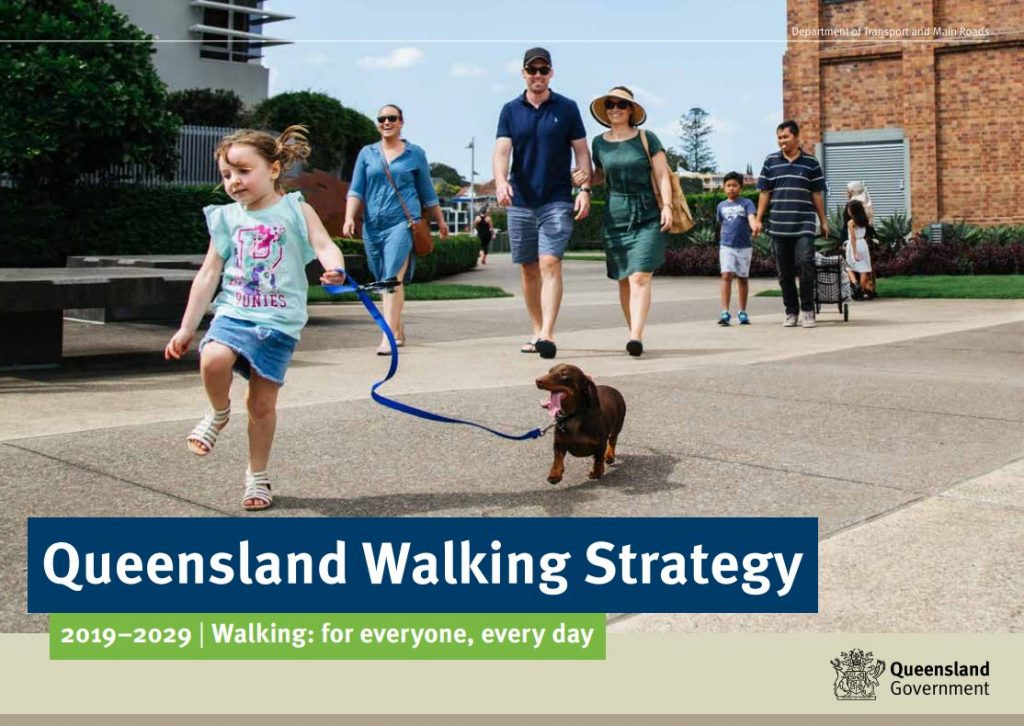


The Queensland Government has just introduced a walking strategy and will spend approximately $2.5 million over the next three years to encourage Queenslanders to walk more.
The home doctor experts at House Call Doctor have put together all you need to know about the new Government initiative.
Queensland Walking Strategy
What is the Queensland Walking Strategy?
The Queensland Walking Strategy is a new plan that hopes to get people across Queensland to consider walking to aid their daily commute and bring about benefits such as improved health, reduced traffic and regional development.
The first strategy was launched early this week. It focuses on ways to get people moving during the day, and maps out 10 years of measures, beginning with a 2-year action plan.
What does it hope to achieve?
According to the Strategy, the objectives are:
- Encouraging more walking more often
- Communities planned to make walking enjoyable and convenient
- Streets and paths made welcoming, safe, connected and comfortable for all ages and abilities
- To make walking an irresistible and easy choice, particularly for short transport trips, tourism, recreation and health
- To consider walking a high priority in policy and planning, delivered through partnerships and supported by evidence.
Where did the idea come from?
Prior to compiling the strategy, the Government undertook extensive market research for a two-month project, discussing with Queenslanders, stakeholders and experts the best ways to make daily walking an easy choice. Results came from:
- Comments and photos on an ‘ideas’ wall
- Surveys
- Written submissions
- Workshops.
The research
The results showed that 40 per cent (%) of adults and 59% of all Queenslanders were not getting enough physical activity. According to the research, the below factors would encourage Queenslanders to walk more often:
- 24% Smooth and even-surfaced paths
- 13% More shade along routes
- 19% More seating and places to stop for rest
- 11% Greater separation from traffic
- 15% More connected paths
- 10% More walking trails in natural areas near home.
The ‘Action Plan’
According to the short-term two-year plan, the Government will begin by planning walkable communities and walking precincts, integrating walking with public transport and designing facilities for all ages and abilities.
Including walking in your commute
The study recommends that office walkers try and include walking in their commute by the following methods:
- Use public transport but get off a few stops before your station/workplace
- Leave the car at home and walk the entire trip
- Plan walking meetings instead of sitting in a board room/office.
Reminders for drivers
As the strategy rolls out and foot traffic is increased throughout Queensland, the Department of Transport and Main Roads reminds drivers they must:
- Give way to pedestrians on or entering a road they are turning in to
- Give way to pedestrians on the football
- Give way to pedestrians on/entering the slip lane, even when there is no pedestrian crossing marked.
Walking
Walking defined
The strategy is not exclusive to walking and also includes jogging, running and moving with the help of mobility devices such as wheelchairs, canes and walking frames. The strategy focuses on walking in public places, such as paths, parks and streets.
General benefits of walking
The report details various benefits of walking:
- Walking is free and saves you money
- Switching a 2.5km commute from walking to driving saves $1,900 per year in health expenses
- Walking creates vibrant communities
- Local business is supported by people who walk and shop locally visiting more often.
Health benefits of walking
House Call Doctor details the below ways regular walking can benefit your health:
- Good for your heart and lungs
- Reduced risk of heart disease and having a stroke
- Improved management of conditions like high blood pressure, high cholesterol, joint pain, and diabetes
- Strong bones
- Increased muscle strength and endurance
- Reduced body fat
- Walking improves mental health and can help reduce anxiety and depression and improve self-esteem.




